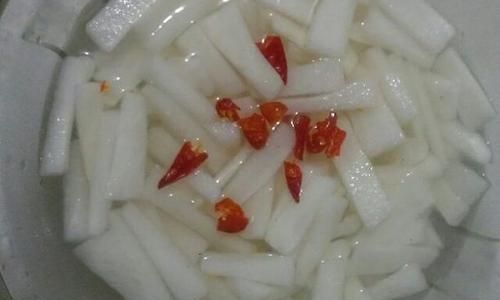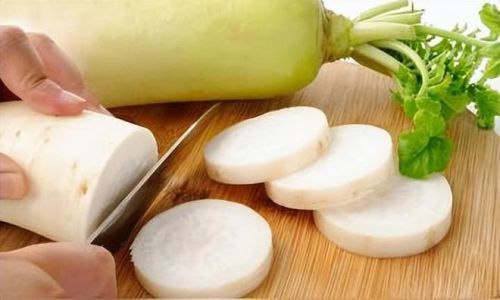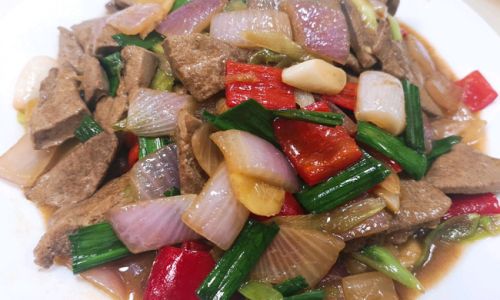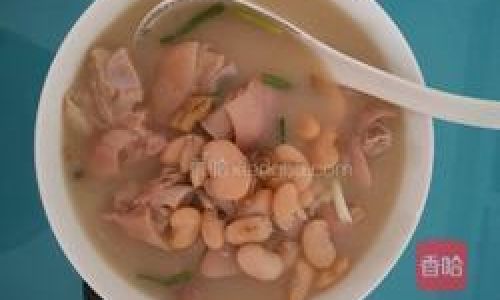Daikon radish, a root vegetable celebrated for its crisp texture, mildly peppery flavor, and remarkable versatility, has been a staple in Asian cuisines for centuries. Often overlooked in Western kitchens, this humble ingredient deserves a place in every home cook’s repertoire. Whether enjoyed raw, pickled, stir-fried, or simmered, daikon radish offers a canvas for culinary creativity. This article explores the best practices for preparing daikon radish, from selection to storage, and delves into time-tested recipes that elevate this vegetable into a star ingredient.
Understanding Daikon Radish: A Brief Overview
Daikon (Raphanus sativus var. longipinnatus) is a large, white radish native to East Asia. Its name, derived from Japanese, translates to “big root,” a nod to its elongated shape and impressive size. Unlike its smaller, spicier cousins, daikon boasts a mild, slightly sweet flavor with a refreshing crunch. Nutritionally, it is a powerhouse: low in calories, high in fiber, and rich in vitamin C, folate, and antioxidants. Its high water content makes it hydrating, while enzymes like diastase aid digestion.
Selecting and Storing Daikon Radish
The journey to delicious daikon begins at the market. When choosing a daikon, look for firm, unblemished roots with smooth, glossy skin. Avoid specimens with soft spots, cracks, or wilting green tops. The ideal daikon should feel heavy for its size, indicating moisture content. Smaller daikons tend to be sweeter and less fibrous, while larger ones may have a slightly woodier texture, better suited for cooking than raw consumption.

Storage is equally critical. Uncut daikon can be stored in a plastic bag in the refrigerator’s vegetable crisper for up to two weeks. Once peeled or sliced, wrap it tightly in plastic or submerge it in water in an airtight container to prevent dehydration. For long-term storage, daikon can be pickled, fermented, or frozen (blanch before freezing to preserve texture).
Preparation Techniques: Peeling, Slicing, and Beyond
Daikon’s thick skin requires proper peeling to unlock its full potential. Use a sharp knife or vegetable peeler to remove the outer layer, taking care to eliminate any fibrous patches near the stem end. For recipes calling for rounds, coins, or matchsticks, a mandoline slicer ensures uniformity. However, a sharp chef’s knife works just as well for rustic cuts.
One unique preparation method is kiriboshi, a Japanese technique where daikon is partially dried after slicing into thin strips. This intensifies its flavor and adds a chewy texture, ideal for stir-fries or salads. Alternatively, grating daikon yields a fine, juicy pulp perfect for garnishes or condiments.
Raw Delights: Salads, Slaws, and Crudités
Daikon’s crispness and mild flavor shine in raw preparations. Pair it with carrots, cucumbers, and apples for a refreshing salad, or toss it with sesame oil, rice vinegar, and a pinch of salt for a simple side dish. For a vibrant slaw, combine shredded daikon with red cabbage, cilantro, and a lime-chili dressing.
In Korean cuisine, mu saengchae is a beloved banchan (side dish) featuring julienned daikon marinated in a sweet-tangy mixture of vinegar, sugar, and gochugaru (red pepper flakes). The radish softens slightly, absorbing the flavors while retaining its crunch.
Pickling and Fermentation: Preserving Freshness
Pickling daikon radish is a time-honored tradition across Asia. Quick pickles, or asazuke in Japanese, require just an hour of marinating in a rice vinegar, sugar, and salt brine. The result is a bright, crunchy garnish for ramen or sushi. For deeper flavor, ferment daikon in a saltwater brine with garlic, ginger, and chili peppers. This lacto-fermented version, known as takuan in Japan, develops a tangy, umami-rich profile over weeks.

In Korean cuisine, kkakdugi is a cubed radish kimchi fermented with chili paste, fish sauce, and scallions. Its effervescent crunch and spicy kick make it a staple accompaniment to grilled meats and rice bowls.
Stir-Frying: Mastering the Wok
Stir-fried daikon is a quick, healthy dish that highlights the vegetable’s ability to absorb flavors. Cut daikon into thin planks or batons and stir-fry with garlic, ginger, and a splash of soy sauce. For a heartier meal, pair it with pork belly or shrimp. The key is to cook daikon until tender-crisp, avoiding overcooking, which can lead to mushiness.
In Chinese cuisine, lo bak gou (turnip cake) is a dim sum classic made with grated daikon, rice flour, and dried shrimp. Steamed then pan-fried, it offers a crispy exterior and soft, savory interior.
Simmering and Stewing: Hearty Braises
Daikon’s high water content makes it ideal for simmering. In Japanese oden, a winter stew, daikon chunks are simmered alongside fish cakes, eggs, and konjac until meltingly tender. The radish absorbs the savory dashi broth, becoming a flavorful highlight.
For a Vietnamese twist, try canh củ cải trắng, a clear soup with daikon, pork ribs, and coriander. The broth is light yet comforting, with the daikon adding a subtle sweetness. Braising daikon with miso and tofu creates a vegetarian main dish rich in umami.
Baking and Roasting: Caramelized Delights
Roasting daikon radish concentrates its natural sugars, yielding a caramelized exterior and creamy interior. Toss daikon wedges with olive oil, honey, and thyme, then roast at 400°F (200°C) until golden. The result is a surprisingly rich side dish, perfect alongside roast chicken or lamb.

In Indian cuisine, daikon is often grated and mixed with spices to form fritters called mooli pakora. Dipped in chickpea batter and fried, they’re a crispy, aromatic snack.
Daikon in Soups and Stews: A Flavor Enhancer
Daikon’s mild flavor makes it an excellent addition to soups. In Korean doenjang jjigae (soybean paste stew), cubed daikon adds body and sweetness. Similarly, Chinese luo bo pai gu tang (radish and rib soup) is a nourishing broth believed to aid digestion.
For a vegan twist, simmer daikon with coconut milk, lemongrass, and chili for a Thai-inspired curry. The radish’s texture holds up beautifully in the creamy sauce.
Creative Uses: From Chips to Desserts
Daikon’s versatility extends beyond savory dishes. Thinly sliced and baked, daikon chips make a crunchy, low-carb snack. Season with paprika or nutritional yeast for added flavor.
In Japanese confectionery, daikon no amazakuri involves simmering daikon in a syrup until glazed, creating a candied treat. Paired with black sesame seeds, it’s a delicate dessert that balances sweetness and earthiness.
Health Benefits and Culinary Myths
Daikon’s reputation as a digestive aid stems from its enzyme content, which helps break down starches and fats. However, cooking methods matter: raw daikon retains more enzymes, while cooking softens fiber for easier digestion.

Contrary to some myths, daikon does not “cool” the body in a medicinal sense, but its high water content makes it hydrating in hot climates.
Conclusion: The Endless Potential of Daikon Radish
From crisp salads to comforting stews, daikon radish offers a world of culinary possibilities. Its adaptability to various cooking methods, coupled with its nutritional benefits, makes it a vegetable worth celebrating. Whether you’re a novice cook or a seasoned chef, experimenting with daikon can lead to surprising discoveries. So next time you spot this unassuming root at the market, grab it with confidence—your taste buds will thank you.
By mastering the techniques outlined here, you’ll transform daikon radish from a simple ingredient into a culinary masterpiece, proving that even the humblest vegetables can shine when treated with care and creativity.




0 comments